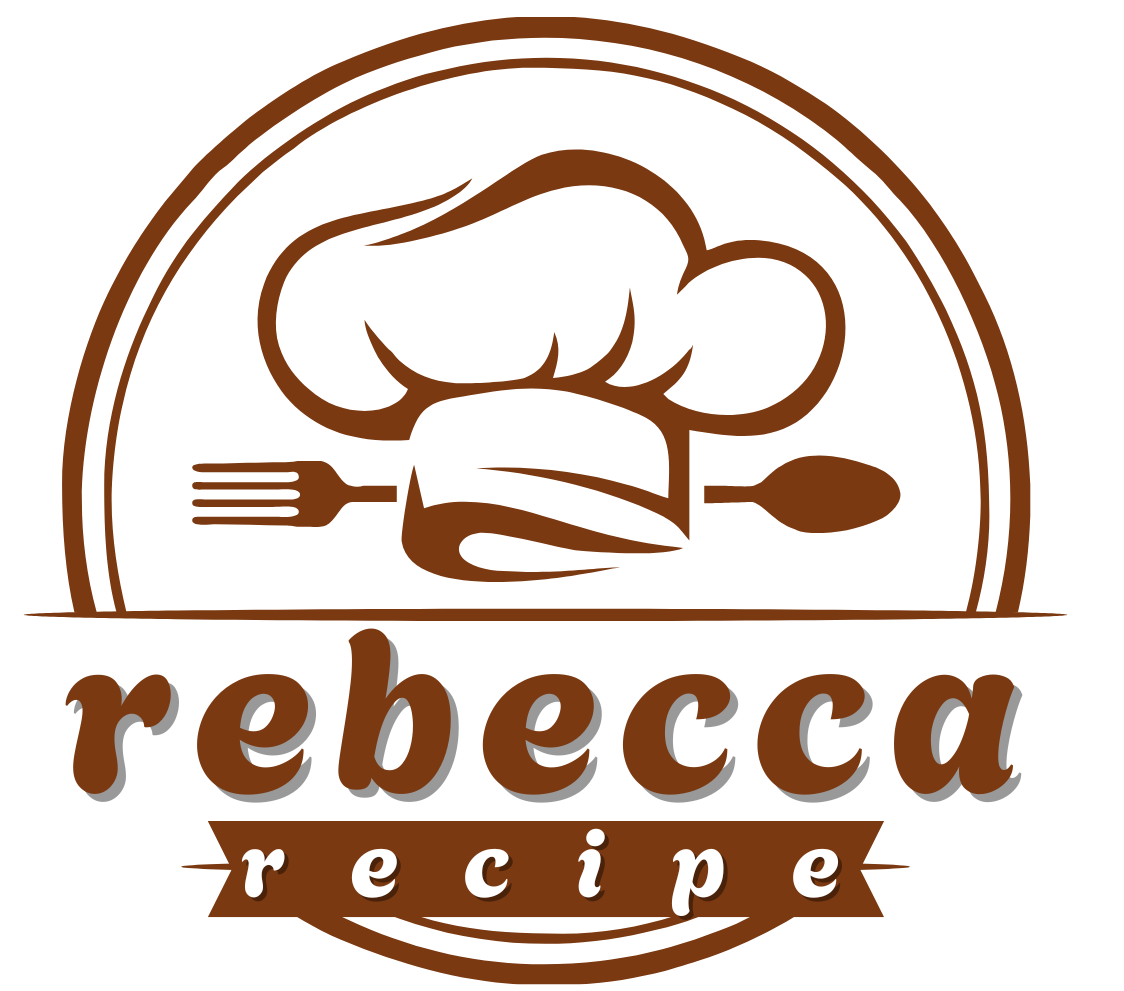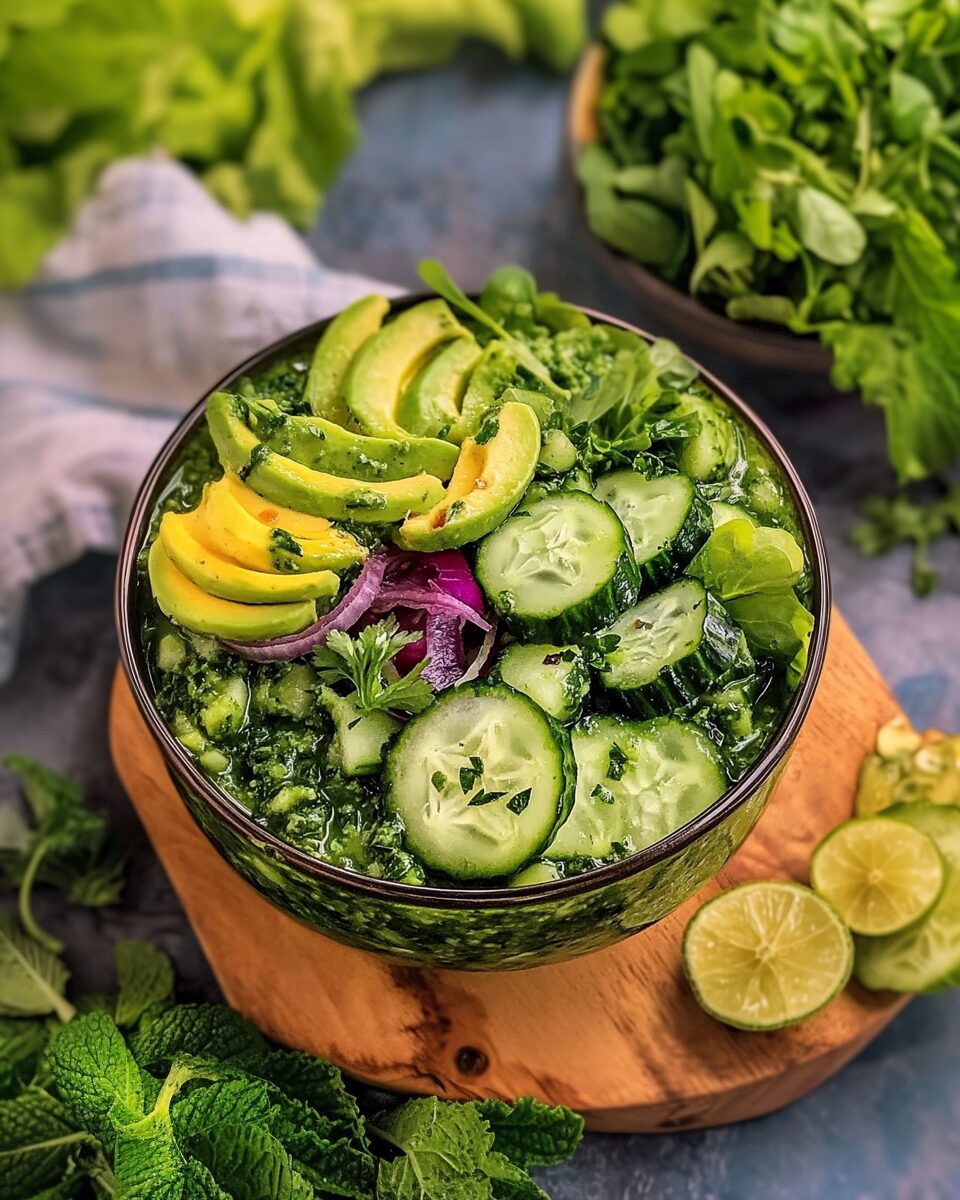The Green Goddess Salad, made popular on TikTok, is a fresh, vibrant dish packed with crisp vegetables and a creamy, herbaceous dressing. Known for its bright green color and zesty flavor, this salad is not only visually stunning but also nutrient-rich and satisfying. Originally made famous by Baked by Melissa, this viral salad has been reinterpreted in many kitchens for its simplicity and clean taste.
Full Recipe:
Ingredients
Salad:
-
1 small green cabbage, finely chopped
-
3 to 4 mini cucumbers, diced
-
1 bunch green onions, finely sliced
-
1/4 cup chives (optional)
Green Goddess Dressing:
-
1 cup fresh basil leaves
-
1 cup fresh spinach
-
2 garlic cloves
-
1 small shallot
-
Juice of 2 lemons
-
1/4 cup olive oil
-
1/4 cup rice vinegar
-
2 tablespoons nutritional yeast
-
1/4 cup walnuts or cashews
-
Salt, to taste
-
Water, as needed to thin
Directions
-
Finely chop the cabbage, cucumbers, and green onions. Combine them in a large mixing bowl. Add chives if using.
-
In a blender or food processor, add the basil, spinach, garlic, shallot, lemon juice, olive oil, rice vinegar, nutritional yeast, and nuts. Blend until smooth and creamy. Add water to thin the dressing if needed and season with salt to taste.
-
Pour the dressing over the chopped vegetables and toss to coat thoroughly.
-
Serve immediately or chill for enhanced flavor. Great as a side salad, dip with chips, or light main course.
Nutrients
Per serving (based on 6 servings):
-
Calories: Approximately 180 kcal
-
Protein: 4g
-
Carbohydrates: 10g
-
Dietary Fiber: 3g
-
Sugars: 3g
-
-
Fat: 14g
-
Saturated Fat: 2g
-
-
Cholesterol: 0mg
-
Sodium: 140mg
-
Potassium: 400mg
-
Vitamin A: 2200 IU
-
Vitamin C: 30mg
-
Calcium: 60mg
-
Iron: 2mg






